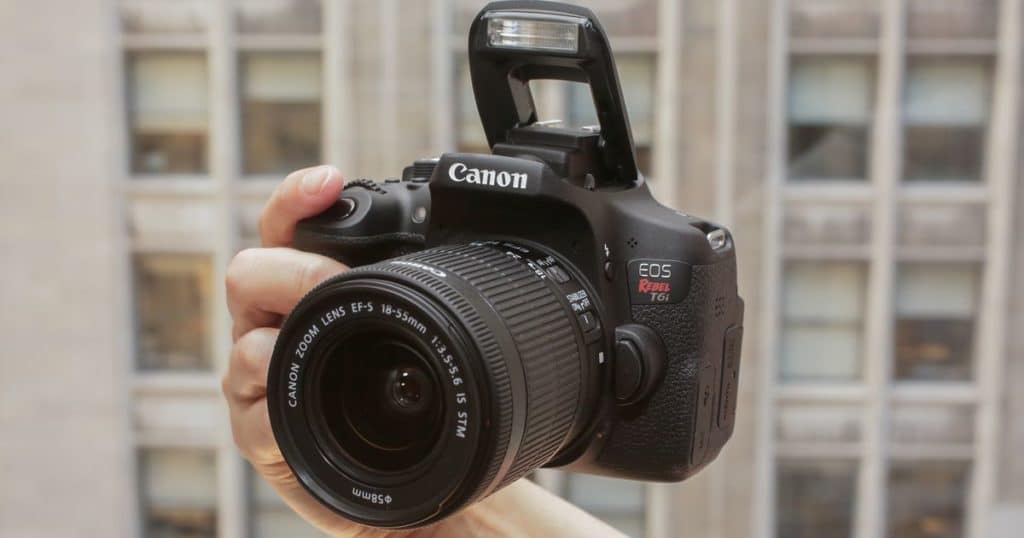Mastering DSLR Camera Basics: A Guide for Photographers
Are you new to the world of DSLR photography and feeling overwhelmed by the vast array of buttons, settings, and terms? If so, youre not alone. In this comprehensive guide on how to use a DSLR camera for dummies, well walk you through the essentials, ensuring you can confidently capture stunning images, whether youre a hobbyist or aspiring professional.
Before diving into the detailed settings and features, lets address some foundational aspects of using a DSLR camera. You may have recently purchased your DSLR or considering an upgrade, understanding these basics will set you on the right path.

Understanding Your DSLR Camera
At its core, a DSLR camera functions by allowing light to enter through a lens and hit a mirror, which then reflects the light onto an optical viewfinder. This mechanism enables you to see precisely what youre about to capture, providing a significant advantage over point-and-shoot cameras.
Essential Camera Components
Before you start clicking away, its vital to get acquainted with the main components of your DSLR:
- Lens: The lens is crucial as it focuses light onto the camera sensor. Choosing the right lens can drastically affect your image quality (Read more about different DSLR camera lenses).
- Shutter: This part controls the duration that light is allowed to hit the sensor. Understanding shutter speed is key to mastering exposure.
- Aperture: Refers to the opening within the lens and controls the amount of light that hits the camera sensor. It also affects the depth of field in your images.
- ISO: This setting determines the sensitivity of your camera's sensor to light. Higher ISO values are useful in low-light situations but can introduce grain or 'noise' into your photos.

Basic Camera Settings
Once familiar with the components, delve into the settings. Understanding these can dramatically improve the quality of your photos:
Manual Mode
One of the advantages of a DSLR is the ability to use manual mode. This mode gives you full control over aperture, shutter speed, and ISO, allowing for creative freedom and more precise adjustments.
Focus Modes
Your DSLR may offer multiple focus modes. Switching between manual focus (MF) and autofocus (AF) can help depending on your subject matter. Use AF for moving subjects and MF for stationary ones (Learn more about focus modes and tips).

Exposure Triangle
The 'exposure triangle' is a crucial concept in photography. It refers to the relationship between the three settings that control exposure: Aperture, Shutter Speed, and ISO.
- Aperture: Controls depth of field and the brightness of an image
- Shutter Speed: Captures motion, either freezing it or blurring it, and affects brightness
- ISO: Affects the brightness and graininess of your image
Balancing these three settings is key to achieving the perfect exposure. For a more detailed explanation, check out this guide to light meters, which can aid in mastering exposure techniques.

Tips for Better Photography
Improving your photography requires more than understanding settings. Here are some practical tips:
- Lighting: Utilize natural light whenever possible. The golden hours (shortly after sunrise and before sunset) provide soft and warm lighting, ideal for photography.
- Composition: The 'rule of thirds' is a fundamental guideline. Imagine dividing your frame into a grid and placing your subject at the intersection points.
- Practice: Experiment with different settings and styles. The more you practice, the more intuitive these settings will become.
Common Mistakes to Avoid
As you begin your journey with your DSLR camera, here are a few common pitfalls to avoid:
- Ignoring the Histogram: This tool helps judge the exposure of your image. Understanding it can help you rectify overexposure or underexposure issues.
- Overcomplicating Settings: While its good to learn manual settings, automatic and semi-automatic modes are also valuable tools, especially when youre starting.
- Not Checking Focus: Always double-check your focus before taking the final shot. An image can appear sharp on your small camera display but look blurry on a larger screen.
For a deeper dive into avoiding such mistakes, this beginner's guide is an excellent resource.
FAQs
1. What's the best mode for beginners? Start with aperture priority mode, which allows you to control the aperture while the camera adjusts the other settings for proper exposure.
2. How do I choose the right lens? The right lens depends on your photography style. For portrait photography, consider a prime lens with a wide aperture. For landscapes, a wide-angle lens is ideal.
3. How often should I clean my DSLR? Regular maintenance is crucial. Clean your lens frequently and the camera sensor periodically to avoid dust spots in your images. Refer to this maintenance guide for detailed steps.
As you become more familiar with your DSLR, youll uncover the versatile world of professional photography. Experiment, practice, and most importantly, enjoy the process. If you're interested in learning more specialized tips, consider exploring articles like what kind of SD card to use for optimum performance.
As an Amazon Associate, I earn from qualifying purchases.

